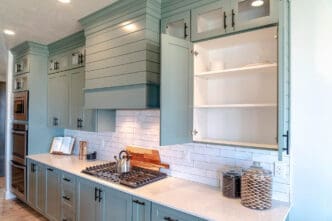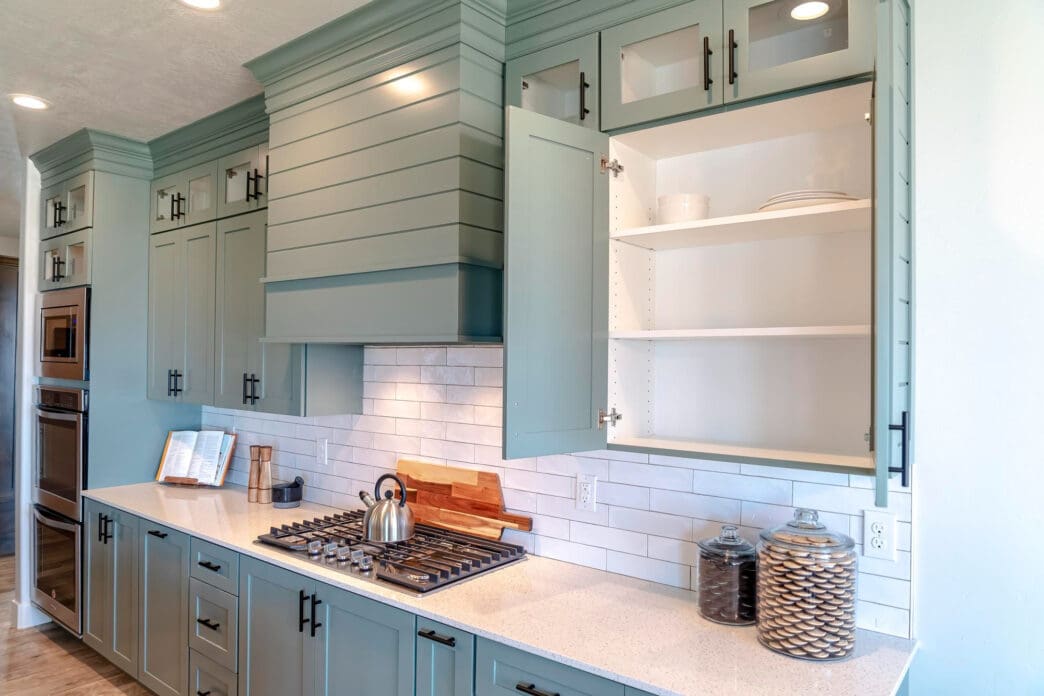Executive Summary
The Story So Far
Why This Matters
Who Thinks What?
President Donald Trump has ordered new tariffs on various imported wood and wooden products, including lumber, timber, kitchen cabinets, and upholstered furniture, citing national security and the strengthening of domestic industries. These measures, announced on Monday and set to take effect on October 14, 2025, are anticipated to impact costs within the homebuilding and furnishing sectors.
Tariff Details and Implementation
The new tariffs include a 10% charge on foreign softwood lumber and timber, which are crucial for construction. Additionally, a 25% tariff will be imposed on kitchen cabinets, vanities, and upholstered wooden furniture. These rates are scheduled to increase further on January 1, 2026, with the tariff on cabinets rising to 30% and upholstered furniture to 50%.
Trump initially signaled these tariffs in a Truth Social post last Thursday. The administration’s proclamation stated that these actions aim to bolster industrial resilience, create high-quality jobs, and increase domestic capacity utilization for wood products, thereby allowing the United States to meet its own consumption needs and boost exports.
Rationale for New Tariffs
The President’s order follows a March directive to the Commerce Department, which investigated potential national security threats posed by imported lumber. Much of this imported lumber originates from Canada, a country Trump has frequently criticized regarding its significant wood exports to the U.S.
Trump maintains that the United States possesses sufficient timber resources to fulfill its domestic requirements and has previously lambasted Canadian tariffs on U.S. lumber. He argues that foreign manufacturers have “flooded” the U.S. market, necessitating protective measures for American manufacturing.
Industry Concerns and Economic Impact
Industry experts, however, caution that these tariffs could lead to increased lumber and building costs, potentially exacerbating the ongoing housing affordability crisis. While the U.S. has a vast number of trees, economists and homebuilders point out that the country currently lacks the industrial capacity to fully meet demand without imports.
The United States relies on Canada for approximately 30% of its annual softwood lumber supply, with Canadian imports already subject to existing countervailing and anti-dumping duties of 14.5%. The new tariffs are expected to add further pressure to prices.
Rising Furniture Costs
Furniture prices have already seen considerable increases over the past year, partly due to previous tariffs imposed by the Trump administration on imports from China and Vietnam. According to the Bureau of Labor Statistics, overall furniture costs rose 4.7% last month compared to August 2024, with living room and dining room furniture experiencing a 9.5% increase.
China and Vietnam were the top two sources of imported furniture for the U.S. last year, each exporting approximately $12 billion worth of furniture and fixtures. Prior to these tariffs, furniture prices had largely declined for two and a half years. Shares of retailers like Wayfair, RH, and Williams-Sonoma reportedly tumbled in recent days following Trump’s announcements.








